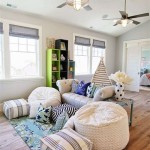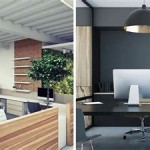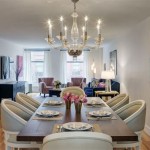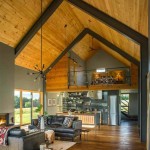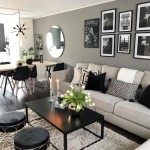Attic Room Decor: Transforming Unused Space into Functional and Stylish Retreats
Attic spaces, often overlooked and relegated to storage, possess immense potential for transformation into unique and functional living areas. With thoughtful planning and creative design choices, these often awkward, angled spaces can become charming bedrooms, productive home offices, or relaxing entertainment rooms. This article explores various aspects of attic room decor, offering insights into maximizing space, choosing appropriate furniture, and creating a comfortable and inviting atmosphere.
One of the primary challenges in decorating an attic room is dealing with sloping ceilings and limited headroom. Embracing these architectural quirks is key to successful attic design. Low-slung furniture, such as futons, floor cushions, and beanbag chairs, can maximize usable floor space in areas with limited headroom. Built-in storage solutions, tailored to fit the angles of the roofline, offer efficient storage while maintaining a streamlined aesthetic. Consider incorporating dormer windows or skylights to enhance natural light and create a sense of spaciousness.
The choice of color palette significantly impacts the perceived size and ambiance of an attic room. Light and neutral colors, such as white, cream, and soft pastels, can visually expand the space and reflect natural light, creating a bright and airy atmosphere. Accent walls in bolder hues can add personality and visual interest without overwhelming the room. Incorporating lighter colors on the ceiling and darker shades on the floor can also contribute to a sense of groundedness and height.
Lighting plays a crucial role in setting the mood and functionality of an attic room. Maximize natural light by keeping window treatments minimal or opting for sheer curtains that allow sunlight to filter through. Incorporate a layered lighting scheme with a combination of ambient, task, and accent lighting. Recessed lighting can be strategically placed to illuminate darker corners and low-ceiling areas. Pendant lights or chandeliers can add a touch of elegance and serve as focal points. Task lighting, such as desk lamps or floor lamps, provides focused illumination for specific activities like reading or working.
Selecting appropriate furniture for an attic room requires careful consideration of the available space and the intended function of the room. Opt for furniture with a smaller footprint, such as loveseats instead of full-sized sofas, and narrow bookshelves instead of bulky cabinets. Utilize vertical space effectively by incorporating tall bookshelves or storage units that reach the ceiling. Multi-functional furniture, such as ottomans with built-in storage or sofa beds, can maximize space and functionality.
Flooring choices can significantly impact the overall aesthetic and comfort of an attic room. Light-colored wood flooring can create a sense of spaciousness and complement a variety of decor styles. Area rugs can define different areas within the room and add warmth and texture. Carpet offers a cozy and comfortable underfoot experience, especially in colder climates. Consider the practicality and durability of flooring materials, especially in high-traffic areas.
Adding personal touches and decorative elements can transform an attic room from a functional space into a personalized retreat. Artwork, photographs, and decorative objects can reflect individual style and create a welcoming atmosphere. Textiles, such as throw pillows, blankets, and curtains, can add texture, color, and warmth. Incorporate plants to bring life and vibrancy into the space. Consider the overall theme and style of the room when selecting decorative elements.
Ventilation is a crucial aspect to consider when converting an attic space into a living area. Proper ventilation helps regulate temperature, prevent moisture buildup, and maintain air quality. Ensure adequate insulation to minimize heat loss in the winter and heat gain in the summer. Install vents or windows that can be opened to allow for cross-ventilation. Consider incorporating a ceiling fan to improve air circulation.
Safety is paramount when designing and decorating an attic room. Ensure that the attic floor is structurally sound and capable of supporting the weight of furniture and occupants. Install smoke detectors and carbon monoxide detectors. Provide adequate lighting on stairways and hallways leading to the attic. Ensure that windows are large enough to serve as emergency exits if necessary.
Transforming an attic into a usable living space offers a unique opportunity to expand living areas and add value to a home. By carefully considering the challenges and opportunities presented by the unique architecture of attic spaces, homeowners can create functional, stylish, and personalized retreats that enhance their living experience.

37 Ultra Fabulous Attic Room Design Inspirations

10 Attic Room Ideas Finished Spaces And Inspiration

33 Loft Conversion And Attic Room Ideas House Garden

30 Dreamy Attic Rooms Sloped Ceiling Design Ideas

70 Cool Attic Bedroom Design Ideas Shelterness

Attic Bedroom Design And Visualization By Selami Bektaş Random Designs Home Interior

Attic Bedroom Ideas 10 Inspiring Designs For Your Loft

8 Tips For Designing An Attic Bedroom

30 Dreamy Attic Rooms Sloped Ceiling Design Ideas

14 Tips For Decorating An Attic Awkward Spots And All
Related Posts
